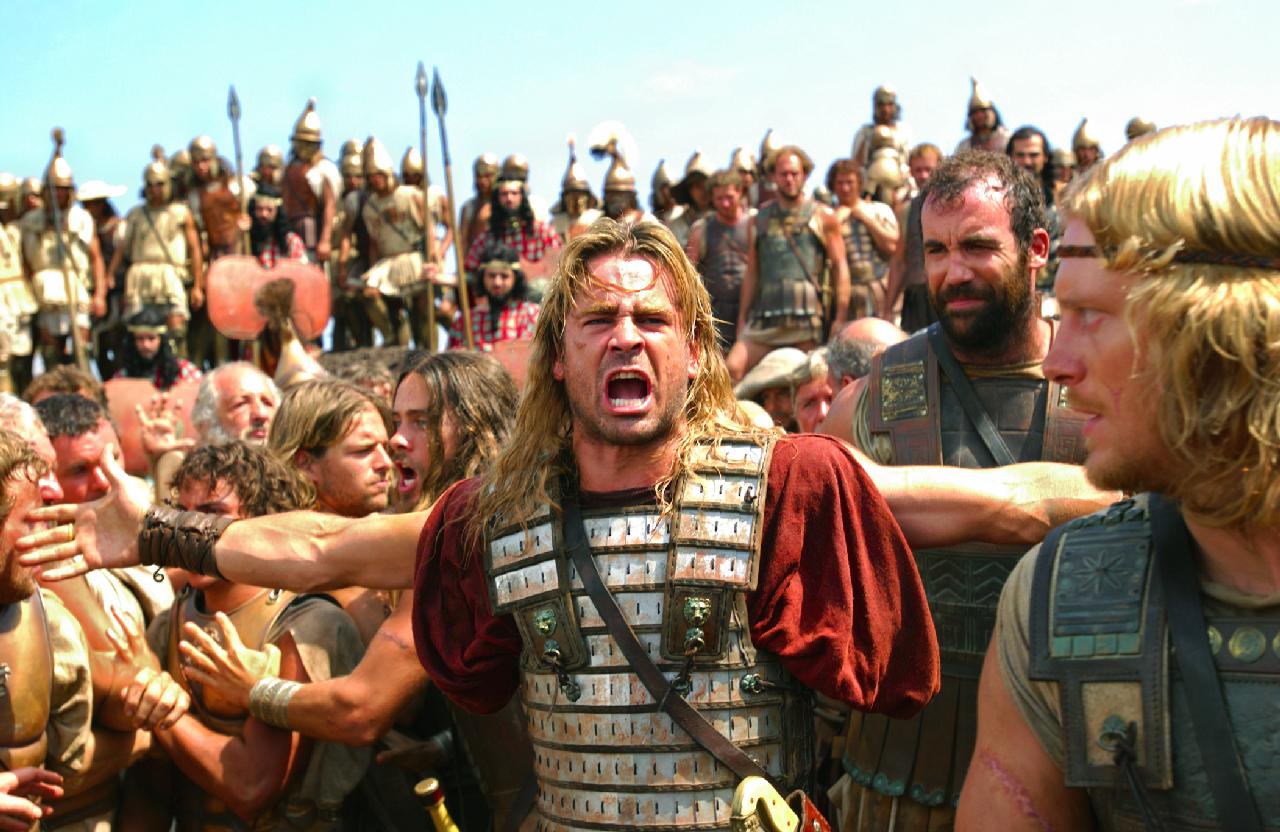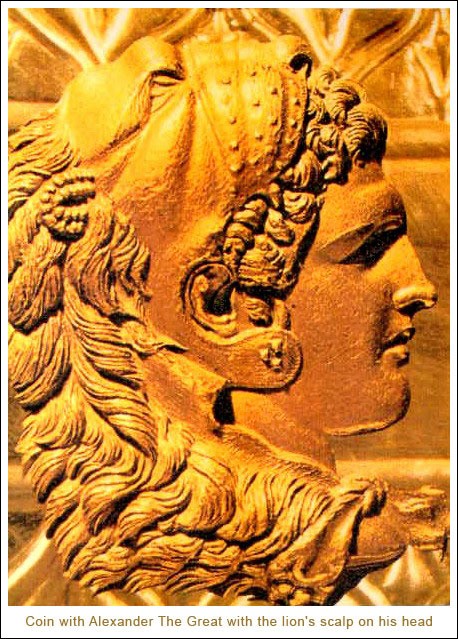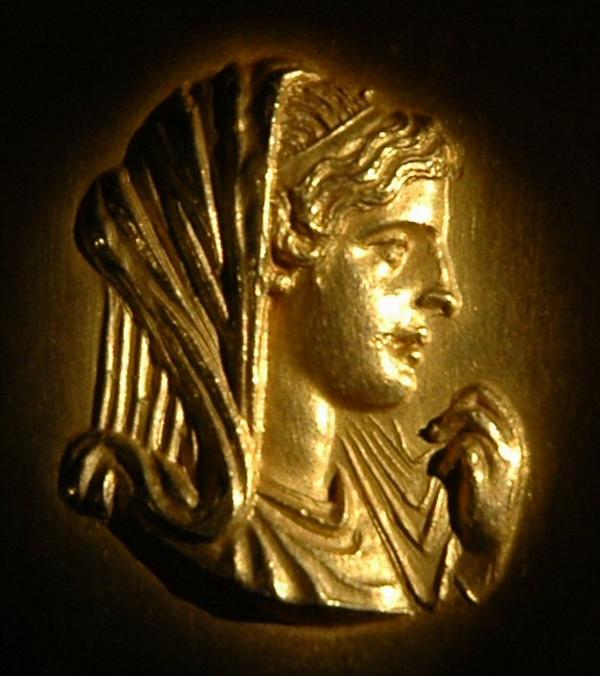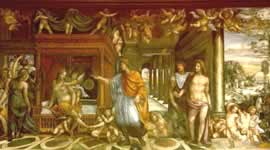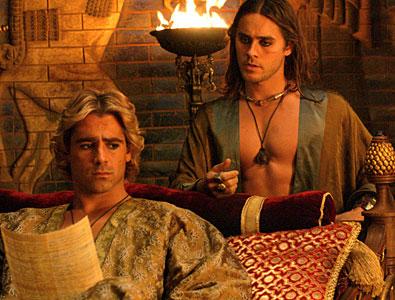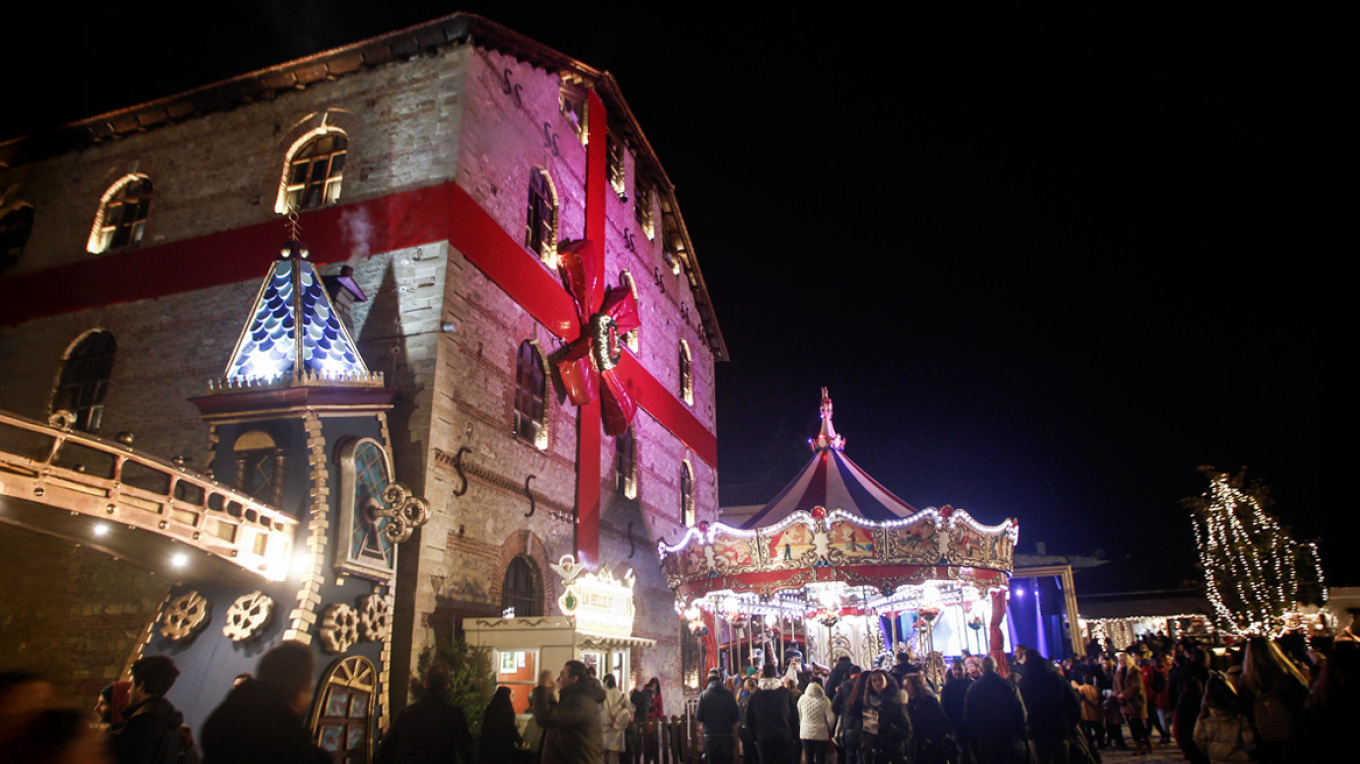A big mystery is unraveling at the excavation on a hillock near ancient Amphipolis, 600 kms north of Athens. The ancient tomb has captured worldwide attention as countless of theories abound regarding the identity of the person who the huge, magnificent tomb was built for. Ten times larger than the tomb of Vergina belonging to Philip II of Macedon, the father of Alexander the Great. The excavations are progressing at an excrutiatingly slow pace with archaeologists focused on ensuring that there are enough support structures to prevent the tomb from caving in.
Speculation is sky-high as forums are filled with Amphipolis enthusiasts unraveling all manner of theories prior to the revelation that may be made in a few weeks or perhaps never, leaving a mystery hovering over Kasta Hill for the coming decades.
The contenders for ownership of the tomb so far –
Alexander the Great. Mainstream archaeologists have been cautious in their comments, stating that the only thing we know for sure is that the tomb is for someone close to the warrior king. Until now, Alexander is thought to be buried in Alexandria, Egypt, however some archaeologists, are taking this view one step further by stating that it could be the tomb of the ancient king himself. The burial monument required thousands of tons of marble mining and needed a huge amount of money indicating that the person that the tomb was intended for was an ancient VIP. The architect is believed to be Deinocrates, a close friend of Alexander the Great, who followed him on his campaign to Egypt. The tomb as an Egyptian influence as it is the only one of its type found in Greece to contain a sand sealing filled in to prevent tomb raiders from entering. Best-selling author Alexandra Symeonidou writes about the number symbolisms used by Deinocrates in the tomb in the Huffington post pointing to the fact that the architect used number symbolisms eg. Alexander the Great died when he was 33 years of age and the tomb is 33 meters high, it is 497 meters and the Macedonian Kingdom became part of the kingdom of Greece in 495 BC, the lion was a symbol of Alexander and hence the lion of Amphipolis. Archaeologist Sarantos Kargakos is perhaps the most prominent supporter of this theory. “Olympias (Alexander the Great’s mother) would not have left the dead body of her son,” he says, adding that she never even went to Babylong to see the relic of her son nor did she watch the transfer of the body from Babylon to Alexandria.
Olympias. Alexander the Great’s mother was a ruthless, ambitious and very prominent woman at the time. The caryatids and sphinx are symbols of Macedonian queens from the late fourth century BC. Furthermore, no penis has been found on the Lion of Amphipolis, suggesting that it may indeed by a lioness. Could it be the tomb of Olympias who was murdered by the relatives of those whose executions she had ordered after she surrendered to Cassander in 316 BC? British antiquities expert Andrew Chugg, known for his research on Alexander the Great, says that the rosettes found in the tomb were similar to the ones that decorated the gold coffin found in the Tomb of Philip. He believes that the queen is buried here even though she died an enemy of the regime in power.
Roxanne and her son, Alexander IV: The legend of the tomb passed on in the area by word of mouth has it that “two victims are buried at Amphipolis”. The first names to pop up once the significance of the tomb was revealed were those of Alexander’s wife, Roxanne, and their son Alexander IV who both were executed by Cassander.
Hyphaestion. Associate Professor of the Department of History and Archaeology at the University of Cyprus, Theodore Mavrogiannis, seems to think that the tomb is for Hyphaestion, a close childhood friend of Alexander the Great and a companion on the ten-year expedition to Asia. The friendship of the two men was compared to that of Achilles and Patroclus and there’s a possibility that Alexander the Great may have ordered a mandate for the construction of the tomb for his close friend Hephaestion.
Laomedon. The famous admiral from the Macedonian period was based in Amphipolis, along with Nearchus and Androsthenes – two other great admirals at the time. The famous Lion of Amphipolis that was found by the Greek army in the Strymon river was first believed to have mounted the tomb of Laomedon, who was also a close friend of the warrior king. Legend had it that Laomedon’s tomb was marked by a lion. Others had argued at the time, that the statue was erected by Agnon and dedicated to 10,000 people killed in the battle of Draviskos, another ancient city near Serres.
Heroes in General. The Lion of Amphipolis is believed by some to represent a group of heroes. Revered archaeologist Petros Themelis of the University of Crete believes that the tomb may not be for one particular person. “The tomb is colossal and can’t be just for one burial,” he had said, believing it to be a burial complex. The lion, if it is a male lion instead of a lioness, indicates masculinity and heroism.
Meanwhile, archaeologists have entered the third chamber CLICK HERE.
Ask me anything
Explore related questions
